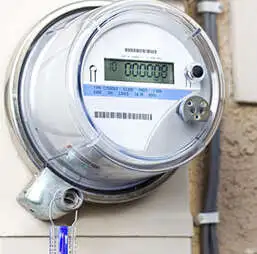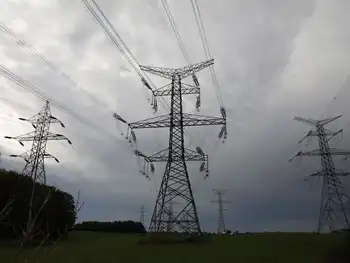China puts another nuclear power plant on line
Related News

Why California's Climate Policies Are Causing Electricity Blackouts
SAN FRANCISCO - Millions of Californians were denied electrical power and thus air conditioning during a heatwave, raising the risk of heatstroke and death, particularly among the elderly and sick.
The blackouts come at a time when people, particularly the elderly, are forced to remain indoors due to Covid-19.
At first, the state’s electrical grid operator last night asked customers to voluntarily reduce electricity use. But after power reserves fell to dangerous levels it declared a “Stage 3 emergency” cutting off power to people across the state at 6:30 pm.
The immediate reason for the black-outs was the failure of a 500-megawatt power…




